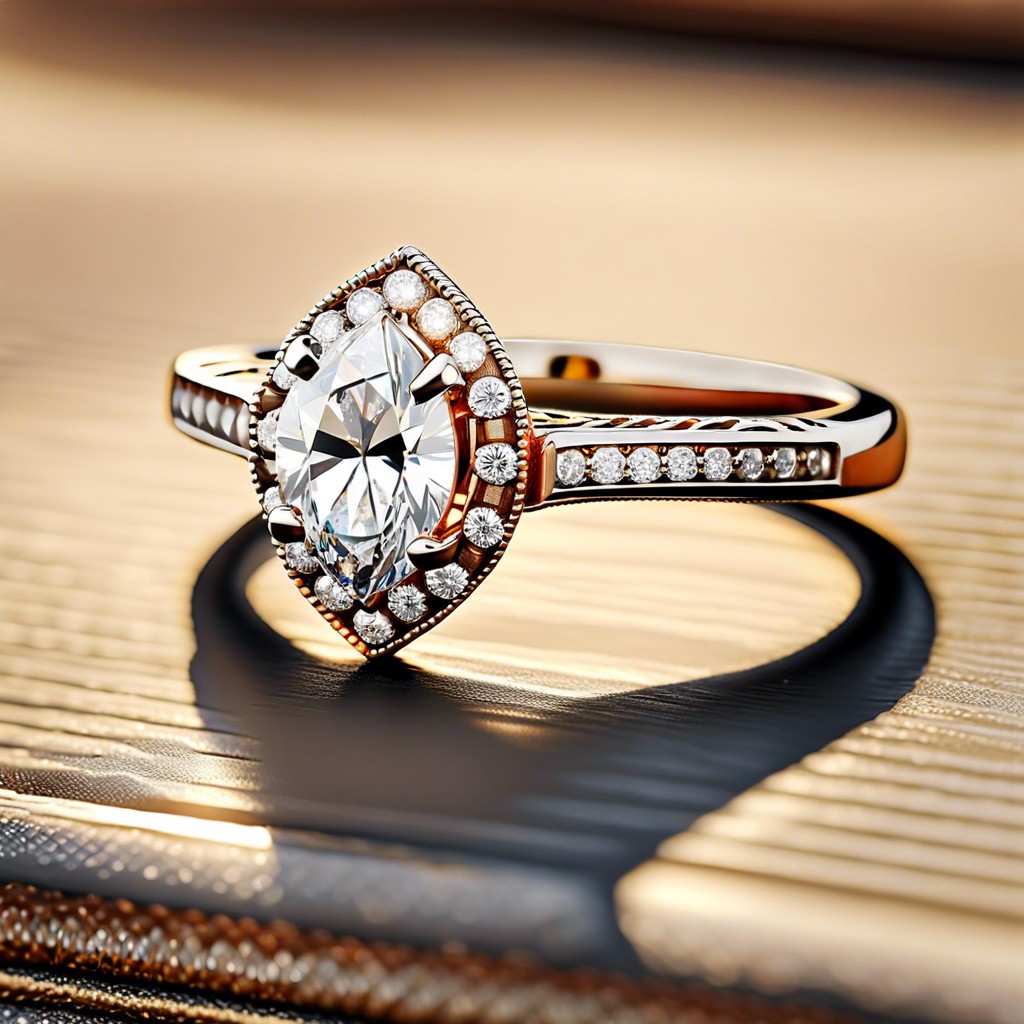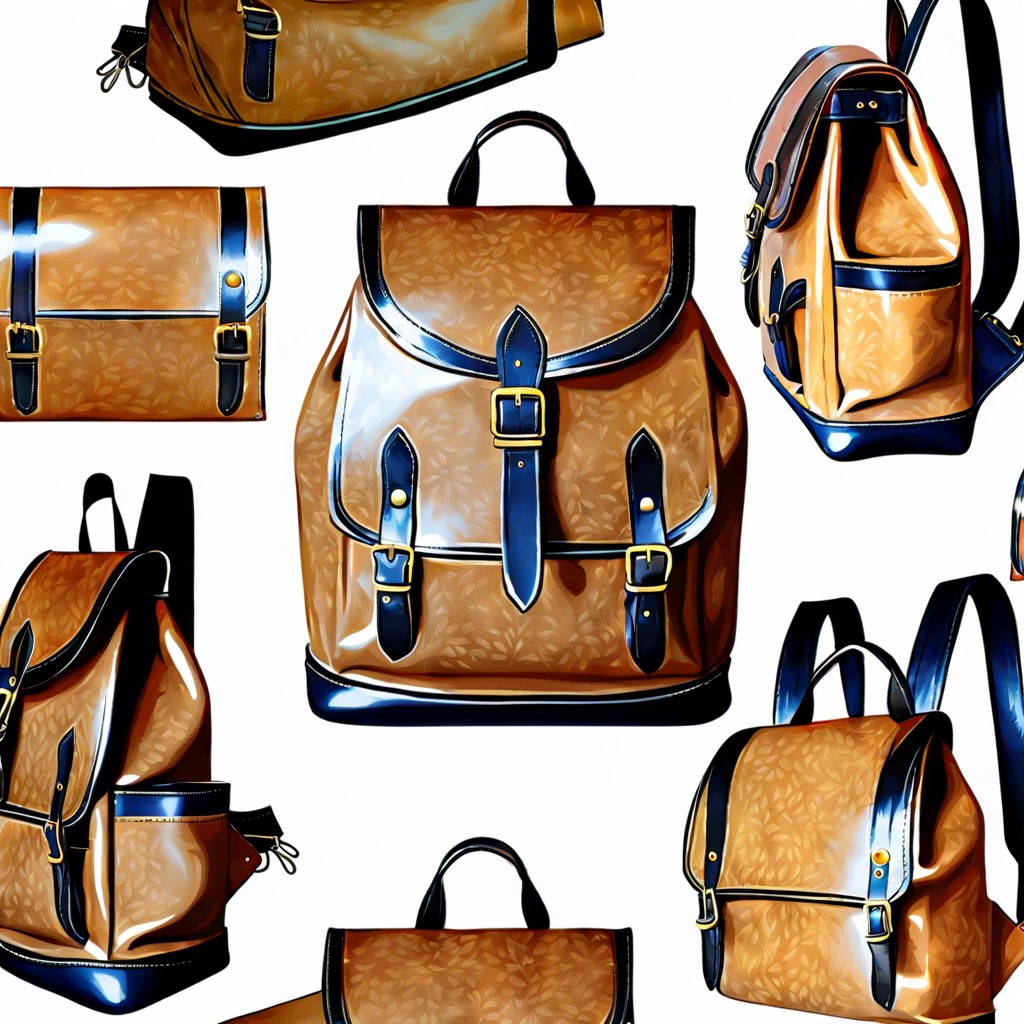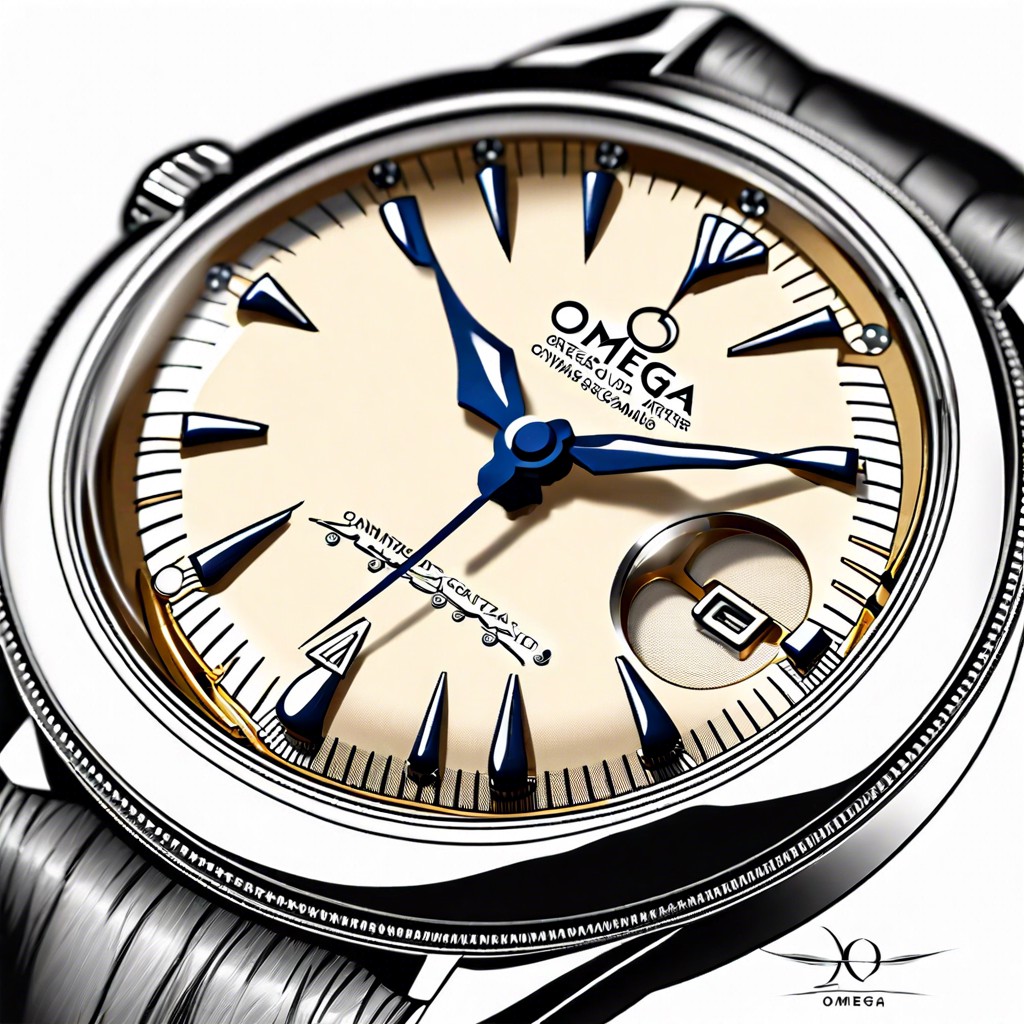Last updated on
Discover the key factors to consider when purchasing vintage Barbies, ensuring you make an informed addition to your collection.
Key takeaways:
- Vintage Barbies reflect changing beauty standards and cultural values.
- Numbered editions are rarer and more valuable, with unique characteristics.
- Valuation trends are influenced by condition, rarity, and investor interest.
- Preserve collectibles by storing properly and regularly inspecting for damage.
- Vintage Barbies have cultural influence, reflecting societal attitudes and promoting diversity.
Evolution of Vintage Barbie Dolls
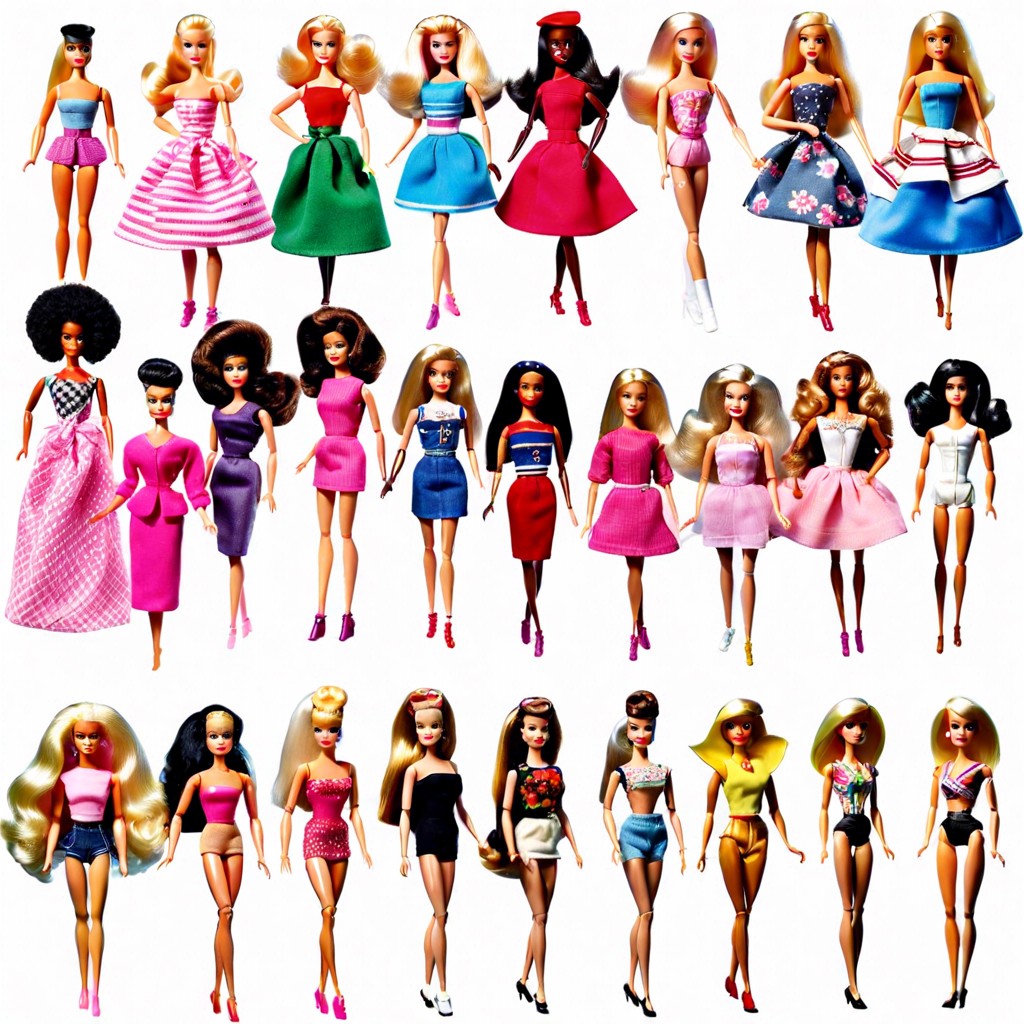
Launched in 1959, the original Barbie doll sported a black-and-white striped swimsuit and signature ponytail. Designed by Ruth Handler, Barbie’s early form reflected the 1950s idealized femininity, with her svelte figure and demure makeup.
Throughout the 1960s, as societal attitudes shifted, Barbie evolved to match contemporary styles. The introduction of a bubble-cut hairstyle in 1961 and the shift to a ‘Mod’ era in the late 60s broadened her appeal. This decade also saw the first celebrity Barbie with the release of ‘Twiggy’ in 1967.
The 1970s brought a surge of diversity with ‘Malibu Barbie’, promoting a more relaxed, sun-loving image. The decade also saw the first African American Barbie and the introduction of ‘Superstar Barbie‘ in 1977, adopting a wide smile and softer facial features.
By the 1980s, Barbie became more than a fashion model; she pursued careers. Reflecting the decade’s career-minded woman, Barbie dolls were made as doctors, athletes, and business executives, embodying the era’s burgeoning female empowerment.
Each iteration captures a historical snapshot, revealing changing beauty standards, fashion trends, and cultural values. Collectors prize these variations, tracing the evolution from the earliest ‘Ponytail’ models to the ‘Superstar’ era.
The Rarity of Numbered Vintage Barbies

First-generation Barbie dolls produced by Mattel from 1959 are distinguished by their numbered editions – #1 through #7 – which mark variations and production years. The #1 Barbie, identifiable by its iconic black and white swimsuit and ponytail, commands high interest due to its first-issue status.
These numbered Barbies grow rarer up the scale. For instance, a #1 Barbie doll is considerably harder to find than a #3 or #4, reflecting its shorter production run. Condition drastically affects rarity: original, unaltered dolls with intact accessories increase scarcity.
Each numbered Barbie comes with distinct characteristics, such as different hairstyles, facial features, and make-up colors, contributing to their uniqueness. Dolls with less production like the #2, with its specific stand and lack of markings, escalate in rarity and desirability among collectors.
Over time, quiet modifications were made to each successive release. The #6 and #7 Barbies, for example, featured different body types and vinyl that fades less over time compared to earlier models. These gradual changes illustrate the evolution of the Barbie and pinpoint the collector’s edition.
Fewer surviving examples of these numbered editions, especially in excellent condition, underpin their rarity. With increased age, many have succumbed to the ravages of time and play, elevating the value and rarity of those that remain in pristine condition.
Valuation Trends of Vintage Barbies

Market dynamics significantly influence the valuation of vintage Barbies. In recent years, there’s been a marked increase in prices for dolls in original packaging with intact accessories. Dolls from the original 1959 production line, such as Barbie Number 1 with her iconic black and white swimsuit, reach into the thousands.
Condition is a primary factor: mint-condition dolls with unblemished features and complete attire garner higher prices. Rarity escalates value; dolls produced in limited quantities or with unique defects possess unique collectible status, thus commanding premium values.
Investor interest in vintage Barbies has surged, recognizing these dolls as valuable collectible assets. Documented provenance can boost a vintage Barbie’s value substantially. This is particularly true for dolls with a documented history tied to significant cultural events or previous ownership by notable individuals.
Collectors should stay informed about current market trends by attending auctions, consulting price guides, and joining collectors’ clubs. This knowledge is vital for both buying wisely and understanding the potential resale value of their collections.
Preservation Tips for Vintage Barbie Collectibles

Maintaining the pristine condition of vintage Barbie collectibles is essential for both aesthetic enjoyment and value retention. To ensure longevity, follow these guidelines:
Store Barbie dolls away from direct sunlight to prevent fading and deterioration of plastic and fabrics. Ideal conditions include a climate-controlled environment, as extreme temperatures and humidity can cause damage.
Avoid touching Barbie dolls excessively, as oils and dirt from hands can degrade materials over time. When handling is necessary, use clean, white cotton gloves.
For dolls with a significant amount of hair styling, consider investing in a hair net or similar protective covering to maintain the original hairstyle and avoid dust accumulation.
Dolls should be stored upright, preferably on stands designed for the purpose, to prevent clothing from wrinkling and vinyl from becoming misshapen.
When storing Barbie clothing and accessories, use acid-free tissue paper to preserve the integrity of the fabrics and prevent colors from bleeding.
Regularly inspect your collection for signs of damage, such as mold or pests, and address these issues immediately to prevent further harm.
Employ museum-quality display cases for high-value items to provide an additional layer of protection, limiting exposure to dust and environmental pollutants.
While these measures help in preserving the physical condition, remember that documentation such as original boxes, certificates, and receipts also contributes to the collectible’s provenance and should be preserved with equal care.
The Cultural Influence of Vintage Barbie Dolls
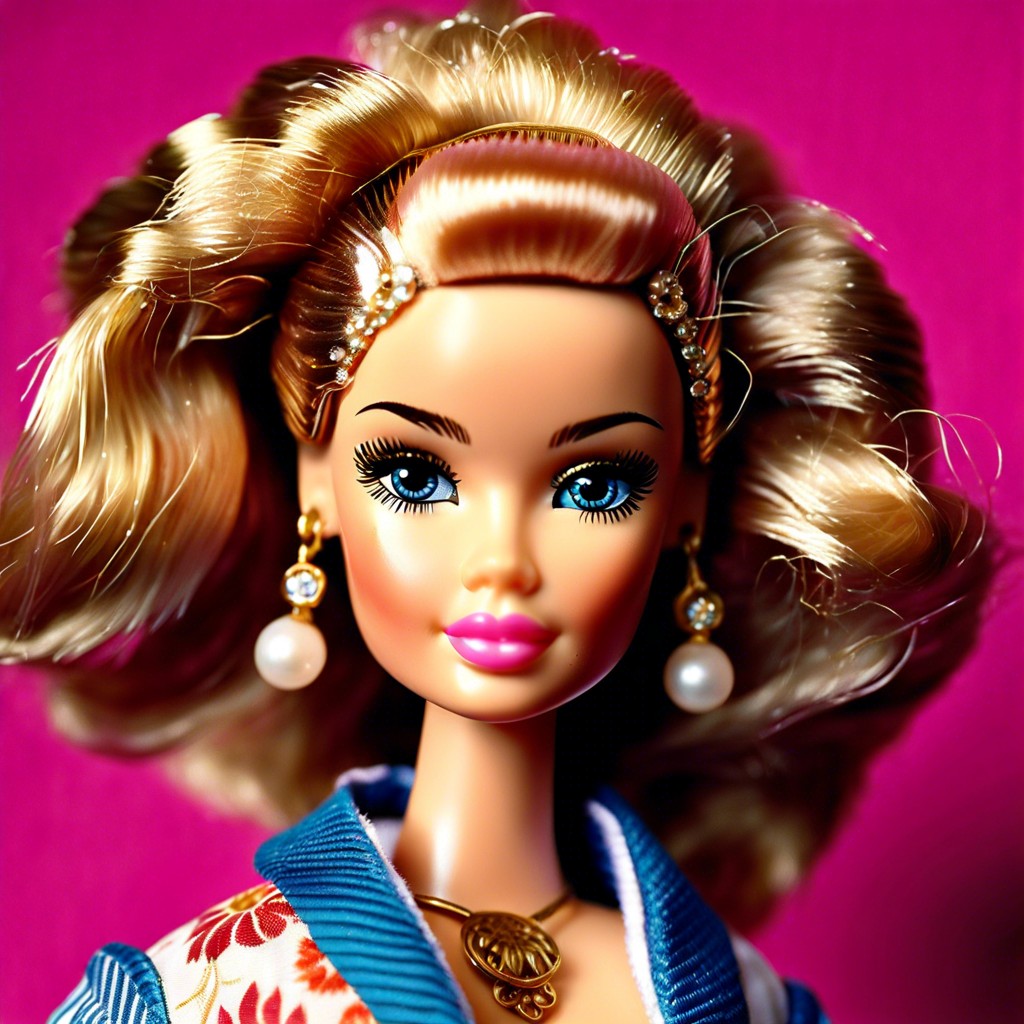
Vintage Barbie dolls, beyond their status as collectibles, reflect and influence societal beauty standards. Their various incarnations since their debut in 1959 mirror the changing fashion trends and social attitudes of different eras. This impact extends to the occupational roles embodied by Barbie, showcasing a progression from homemaker representations to a multitude of professions, encouraging the idea of diverse female career choices.
Additionally, the international editions of vintage Barbies serve as a lens for examining cultural diversity and representation in toys. These dolls educate about traditional attire and customs from around the globe, thus fostering multicultural awareness.
Moreover, the community activities centered around vintage Barbie collecting—such as conventions, clubs, and online forums—have cultivated a network of enthusiasts. This permits the exchange of knowledge and fosters friendships based on a shared passion for this iconic toy line.
Lastly, vintage Barbies often act as sentimental touchstones that evoke personal history and collective memories. Nostalgia plays a critical role as owners reminisce about their childhood experiences through these cherished artifacts.


